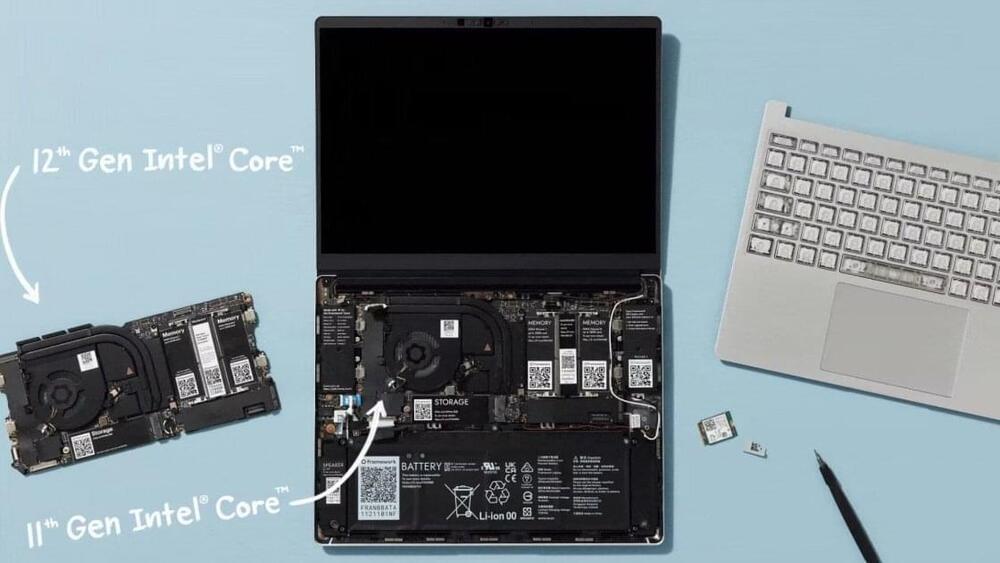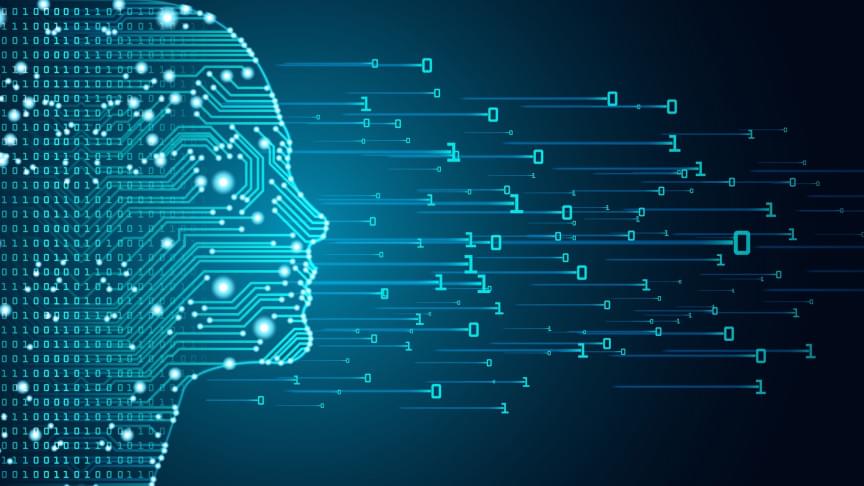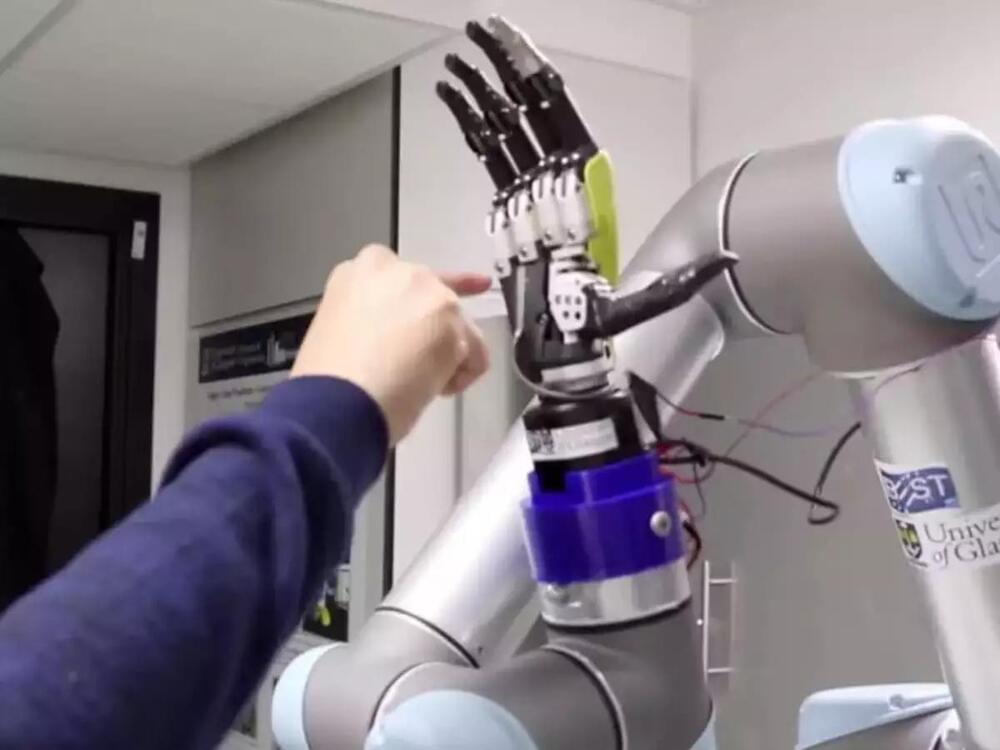Moving beyond I2C, Renesas is introducing a new I3C intelligent switch family to boost performance and speed in the data center.
Few fields are as dynamic and fast-evolving as the data center. With new software, use-cases, and applications popping up every year, the underlying hardware has become increasingly difficult to keep up with.
One relatively new technology designed to improve upon legacy hardware is I3C, the successor to conventional I2C. Boasting improvements on I2C, I3C has still yet to become widespread in the data center, a place where its value could be significant.








